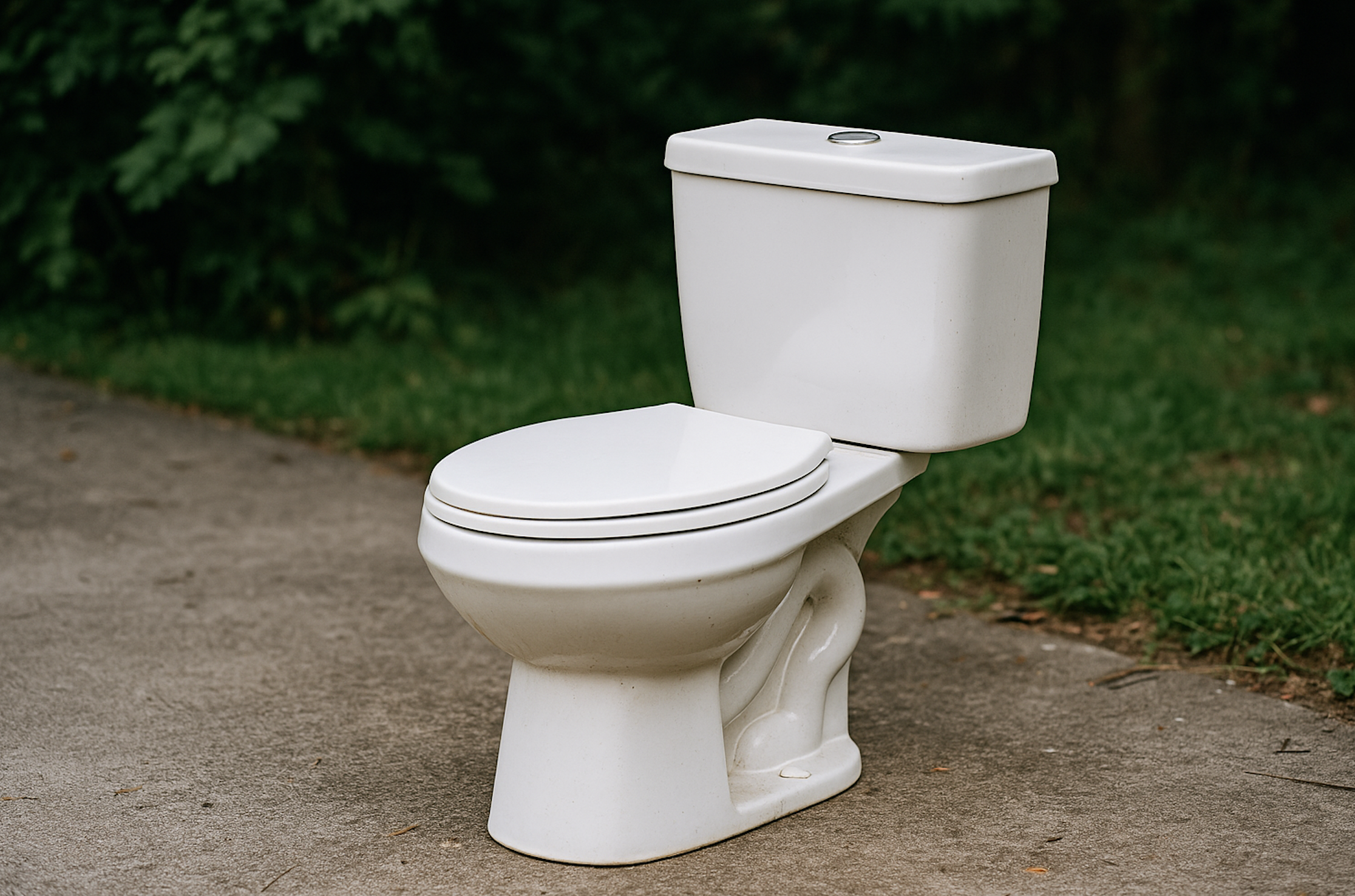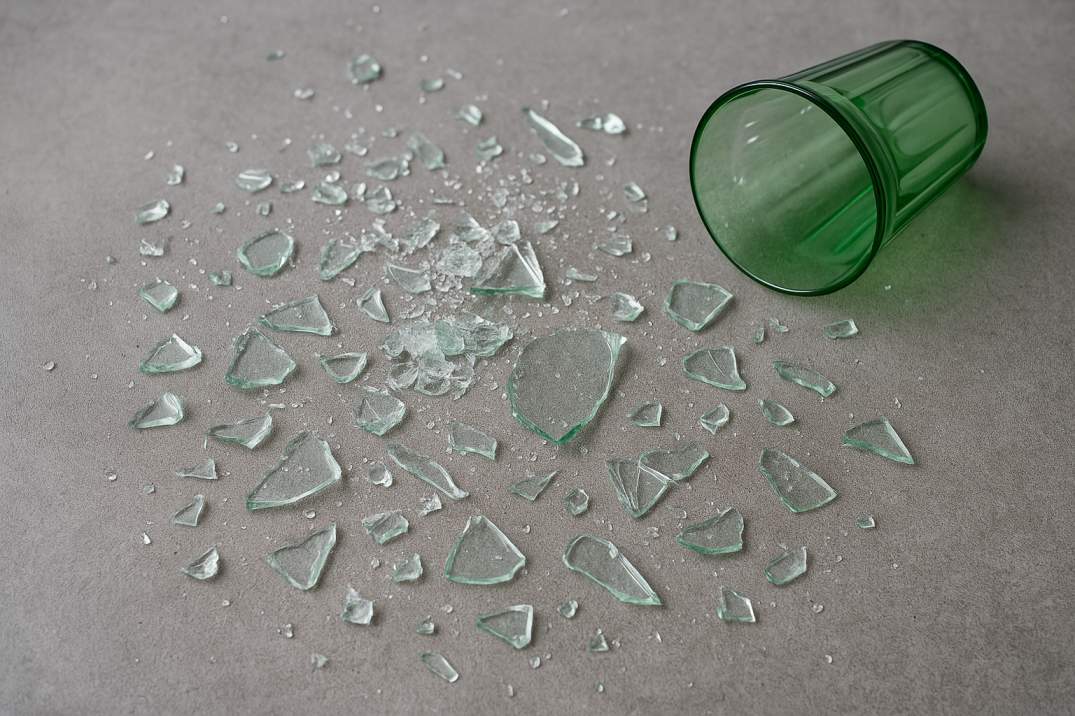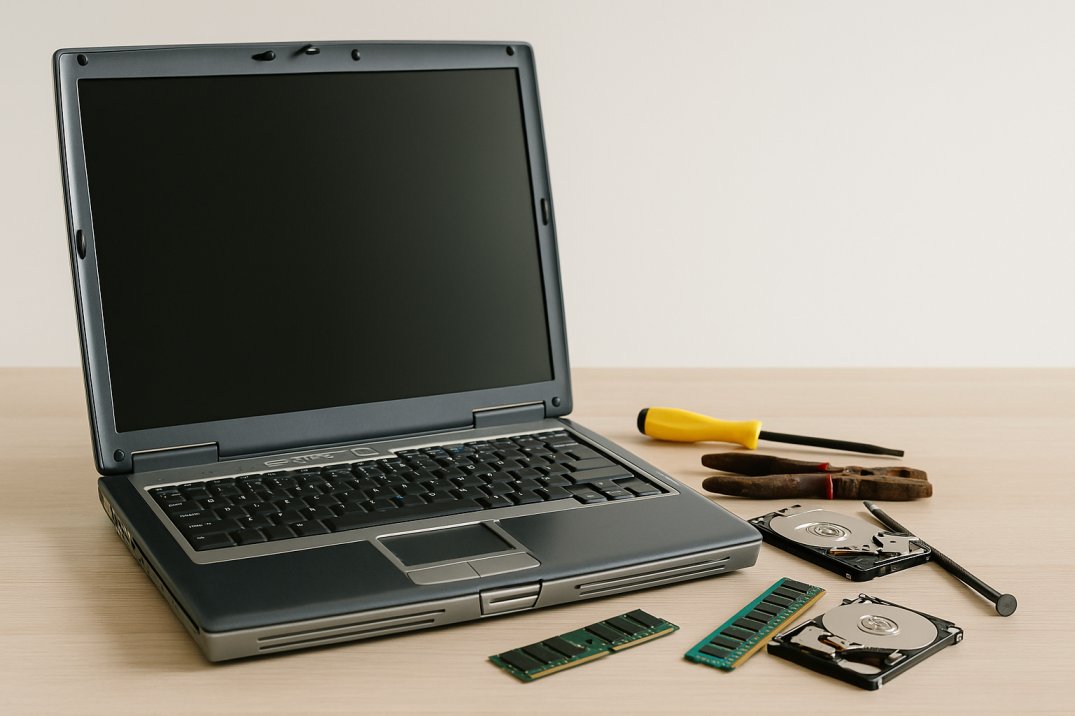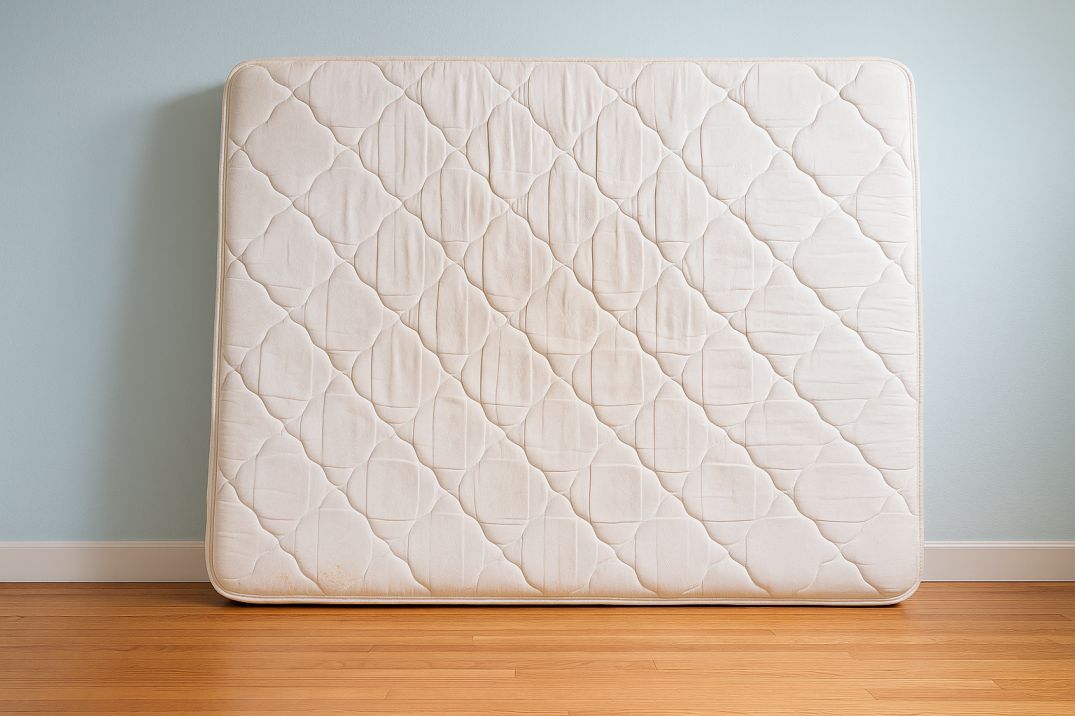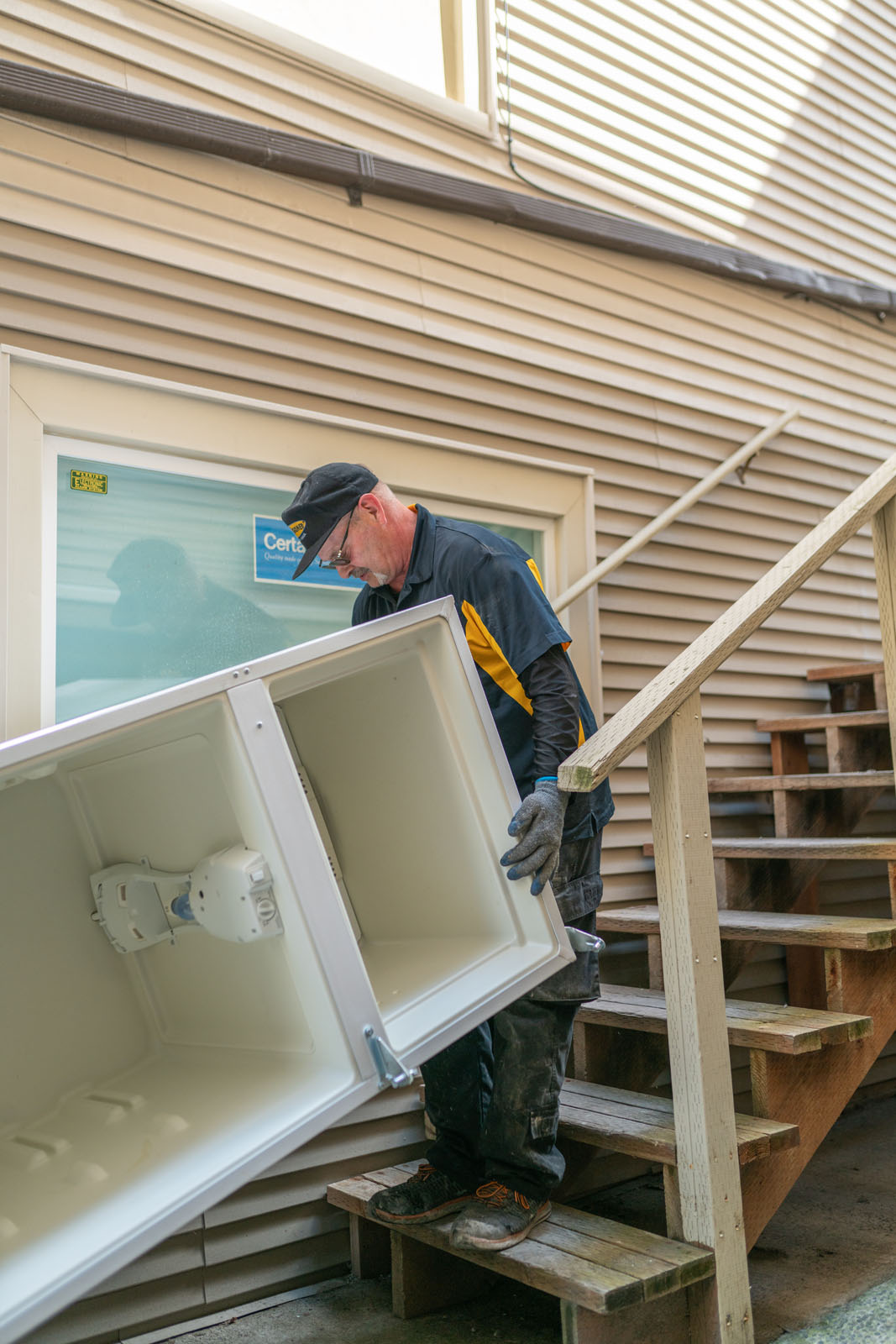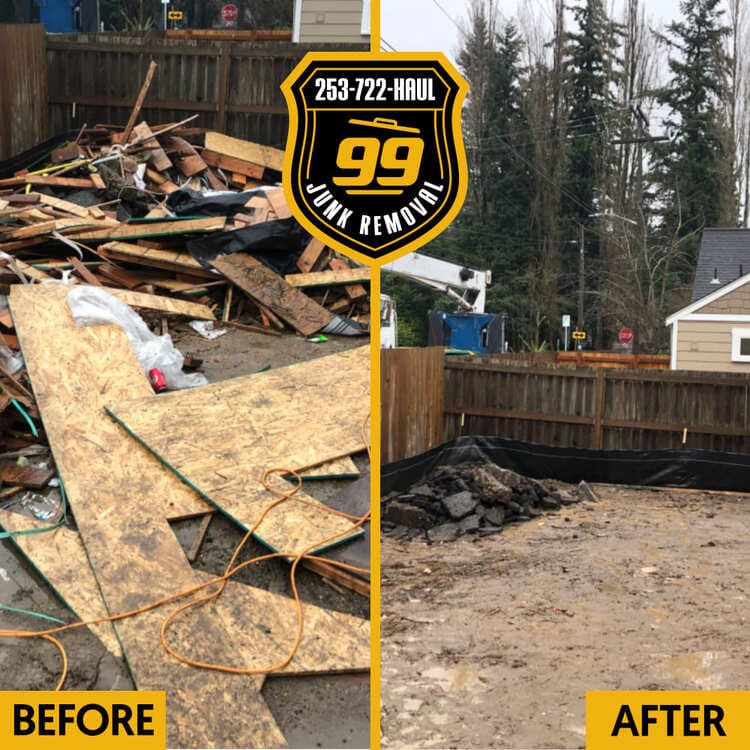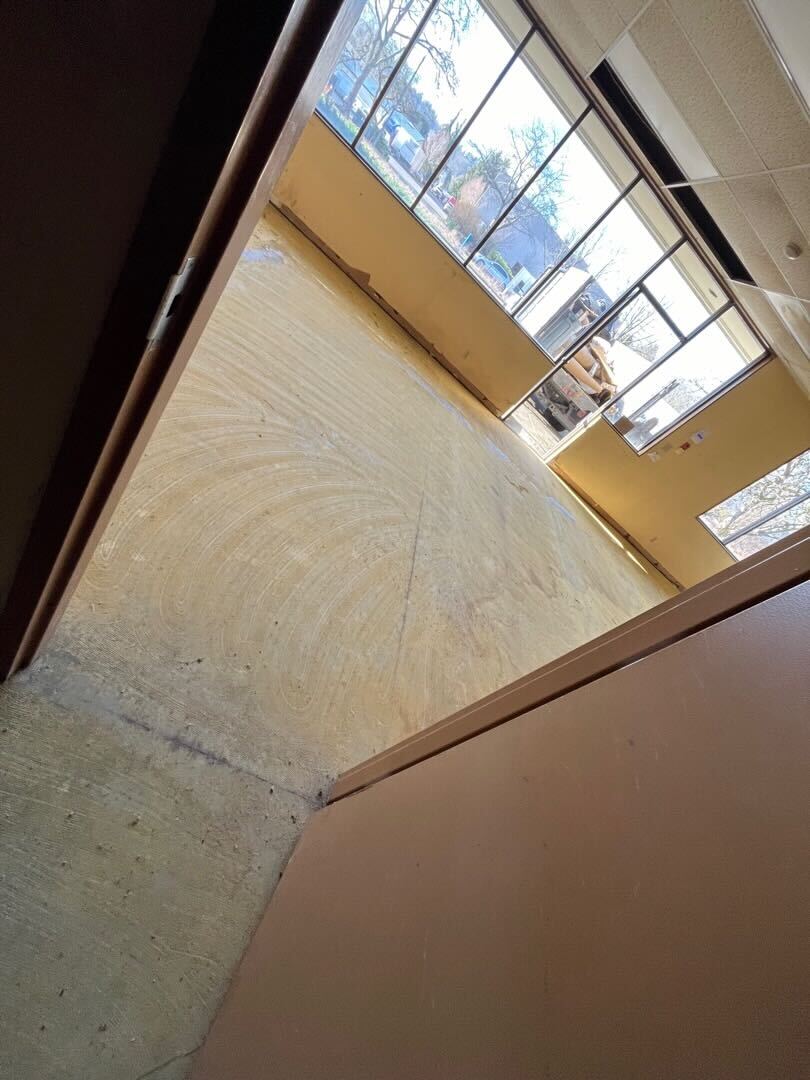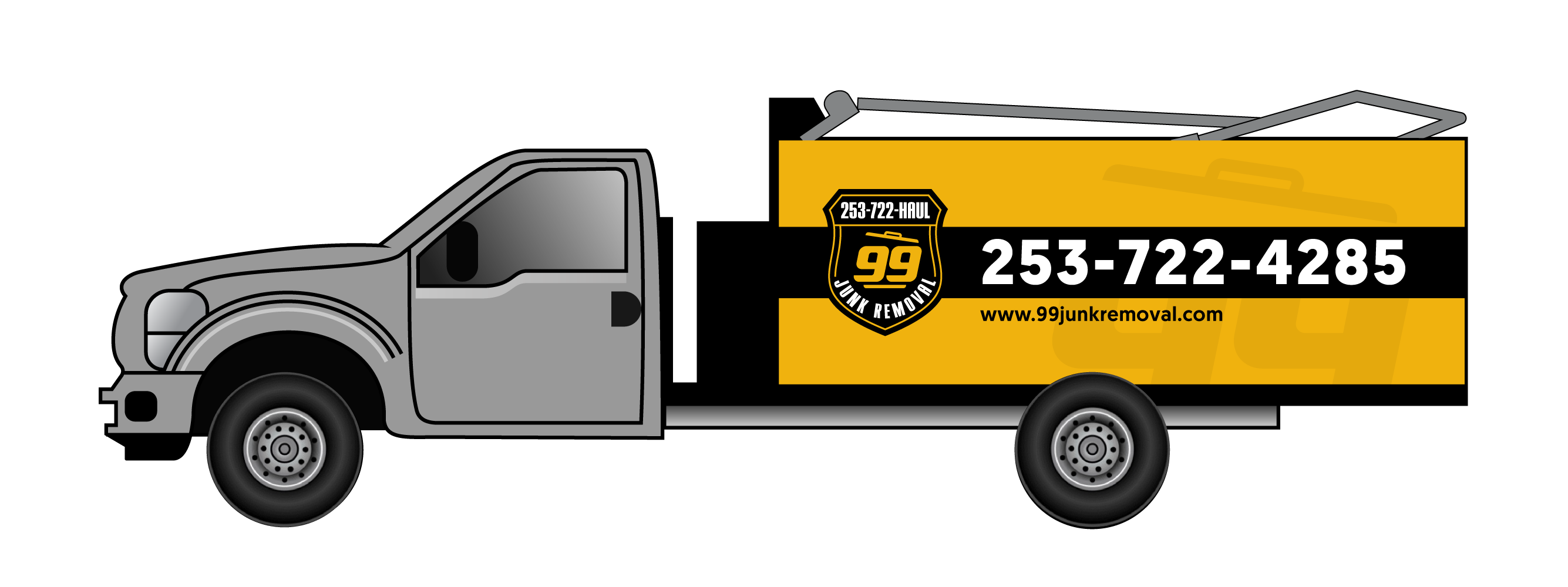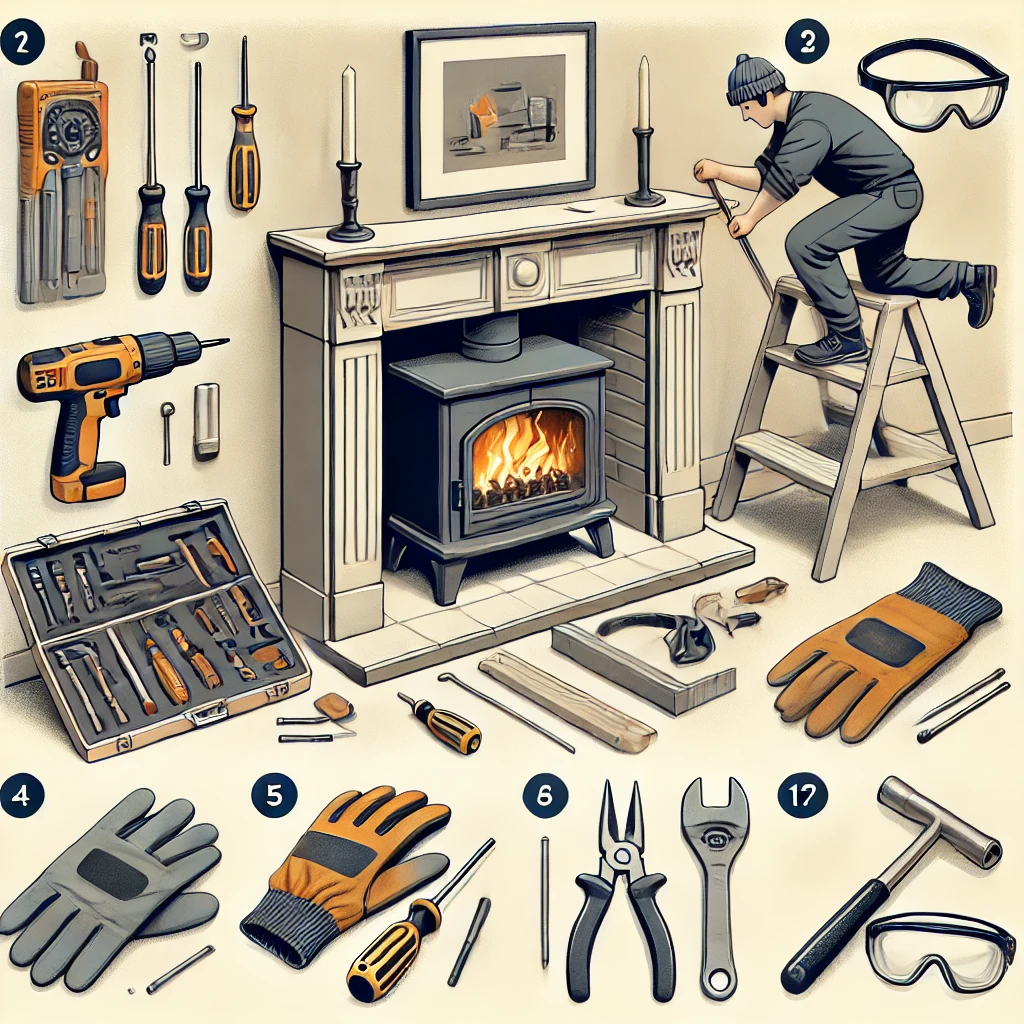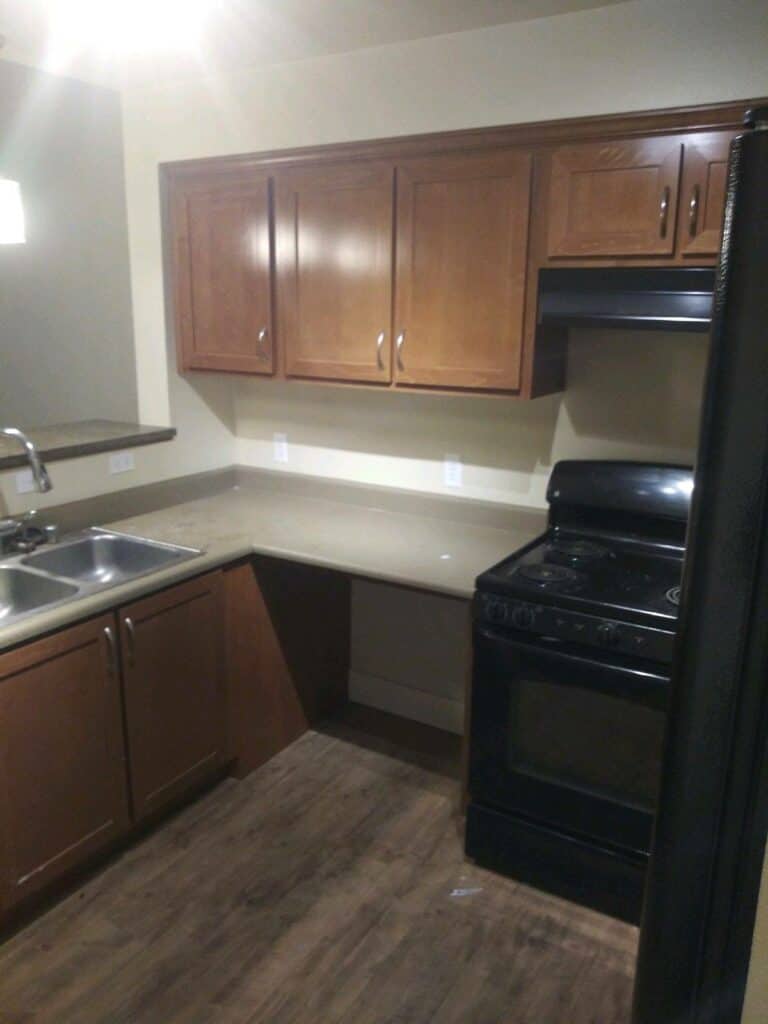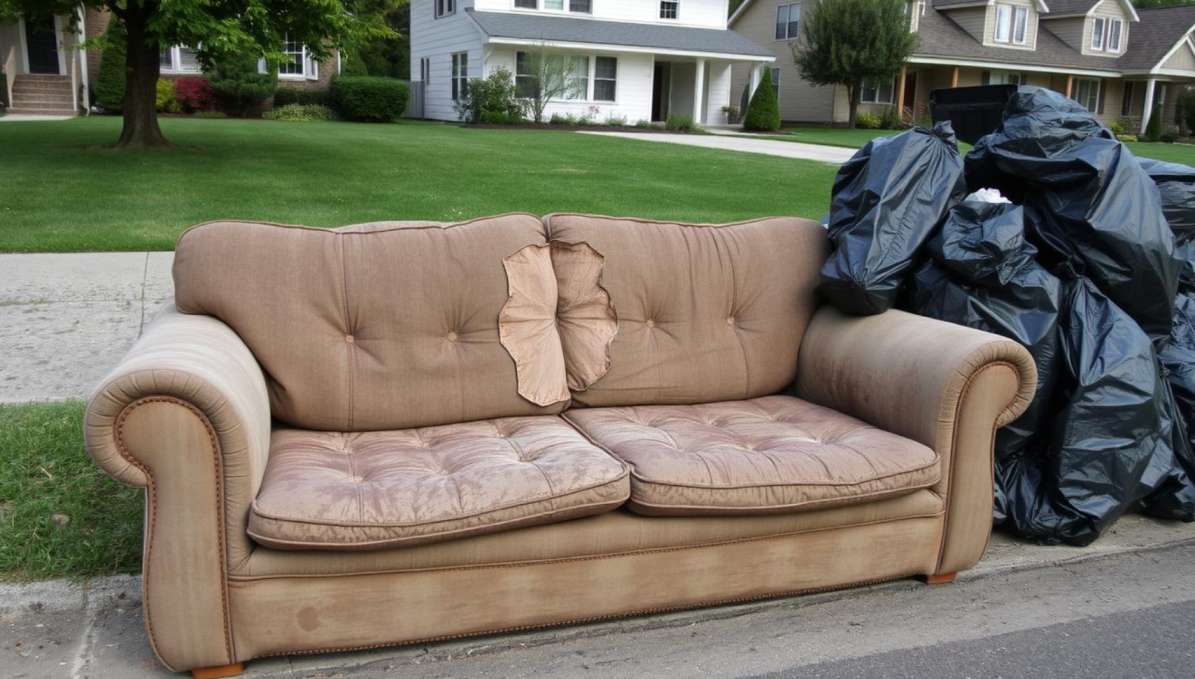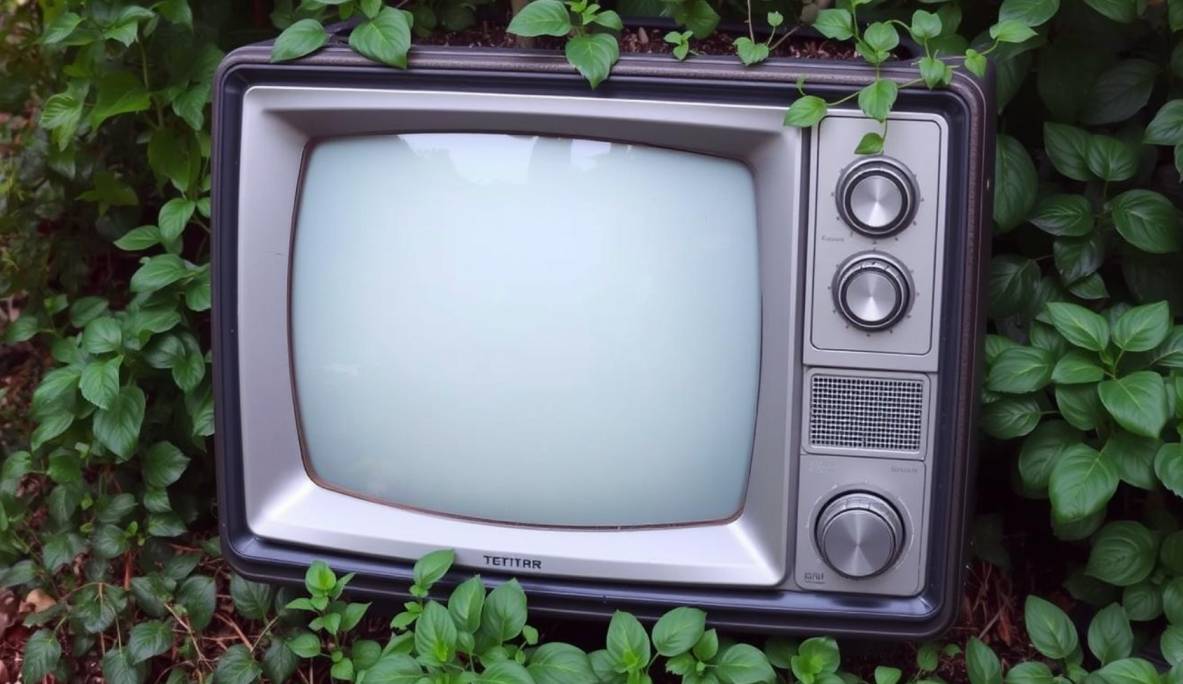Getting rid of a hot tub might sound like a big job—but if it’s taking up space, leaking, or simply no longer in use, it’s probably time to let it go. Hot tubs are great when they’re working, but once they become more hassle than relaxation, removal becomes a smart next step. Whether you’re upgrading your backyard, selling your home, or just ready for something new, saying goodbye to an old spa can make your space feel fresh again.
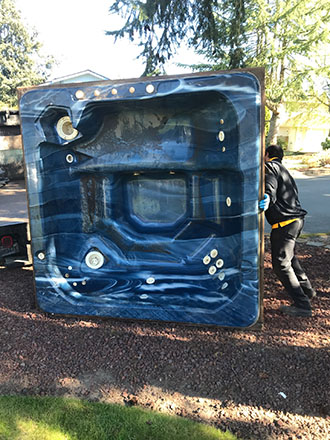
The thing is, hot tubs aren’t small. They’re bulky, heavy, and loaded with electrical and plumbing connections. That means you’ll need a plan—and maybe a few tools—to get it out safely. From disconnecting the wiring to deciding where to haul it, this guide will walk you through everything step by step.
Some people choose the DIY route to save money, while others prefer to leave it to the pros. Either way, it helps to understand what’s involved, what options you have for disposal, and how to do it all safely and legally.
Why Remove a Hot Tub?
Hot tubs are great—until they’re not. Over time, they can become more of a burden than a benefit. Whether it’s due to maintenance headaches, lack of use, or a big home project, here are some of the most common reasons people decide it’s time to say goodbye.
It’s Broken or No Longer Used
If your hot tub has stopped working or you simply don’t use it anymore, it might be time to remove it. Old, broken tubs often require expensive repairs that just aren’t worth it. Instead of letting it sit unused and take up space, getting rid of it can free up your backyard and peace of mind.
Renovating or Selling Your Home
If your hot tub has stopped working or you simply don’t use it anymore, it might be time to remove it. Old, broken tubs often require expensive repairs that just aren’t worth it. Instead of letting it sit unused and take up space, getting rid of it can free up your backyard and peace of mind.
Repurposing Your Backyard Space
Maybe your needs have changed. You want more room for a garden, outdoor kitchen, patio space, or a play area for the kids. An old hot tub sitting in the corner doesn’t quite fit the vision. Taking it out gives you the chance to completely reimagine your outdoor area.
It’s Outdated, Inefficient, or Leaking
Older hot tubs weren’t built with today’s energy-saving standards. If your spa is driving up your power bill or leaking water, it’s likely doing more harm than good. Replacing or removing an outdated unit can improve efficiency and reduce maintenance headaches.
Preparation Before You Begin
Before you start tearing into your hot tub, a little prep goes a long way. Skipping these steps can lead to damage, injury, or one giant mess. So before you grab the saw, here’s what to do first.
1. Turn Off Power and Water Supply
Safety first. Make sure to turn off the electricity at the circuit breaker that powers the hot tub. Then, unplug or disconnect the unit from any outlets. Also shut off the water supply and gas line (if it’s a gas-powered spa). Never start disassembling until you’re sure there’s no live power running.
2. Drain the Hot Tub Completely
Use the built-in drain valve or a submersible pump to drain every last drop of water. Run the hose away from your home and avoid dumping water directly into your lawn or storm drains—it could contain chemicals. Once it’s empty, towel-dry any leftover puddles to prevent slips.
3. Gather the Right Tools
You don’t need a full workshop to do this, but a few basic tools will make life easier:
- Screwdrivers – for removing panels and parts
- Reciprocating saw – if you’re cutting the tub into pieces
- Wrenches – for loosening plumbing and bolts
- Heavy-duty gloves and goggles – to protect your hands and eyes from sharp edges and flying debris
- Dust mask and long sleeves – to stay safe from fiberglass and dust
Having everything on hand before you start saves you from last-minute runs to the hardware store.
4. Check Local Disposal or Recycling Rules
Some cities require that hot tub parts—especially those with electrical components or insulation—be disposed of in a specific way. Check with your local waste management department to see if you’ll need to schedule a special pickup or visit a recycling center.
5. Clear an Access Path
Make sure you have a clear and wide path from the hot tub to the exit point—especially if you’re removing it in one piece. Move patio furniture, trim back bushes, and make sure there’s no trip hazard. If you’re doing it yourself, you’ll thank yourself later for the smooth exit route.
How to Remove a Hot Tub: Step-by-Step
You’ve done the prep, gathered your tools, and cleared the space. Now it’s time to roll up your sleeves and start the actual removal. Whether you’re hauling the whole tub or cutting it into pieces, this breakdown makes the process easy to follow.
1. Disconnect the Power
Start by shutting off the circuit breaker that controls your hot tub. If it’s hardwired, you may need to uncap the electrical wiring from the junction box—just be sure the power is 100% off first. If it’s plugged in, unplug it from the outlet and coil up the cord for safe disposal.
2. Shut Off and Disconnect Plumbing
Next, disconnect the water lines. If the tub is hooked up to your home’s plumbing system, you may need a wrench to loosen the fittings. Some models also have hoses or jets you’ll need to detach. Drain any leftover water that’s trapped inside the lines before moving forward.
3. Remove Panels and External Components
Most hot tubs have side panels or access doors. Use a screwdriver or drill to remove these panels and expose the inner frame. While you’re at it, take off any attached accessories like control panels, covers, or light fixtures.
4. Cut the Hot Tub Into Sections (Optional but Helpful)
If you’re not moving it whole—and most people aren’t—cut the tub into manageable pieces using a reciprocating saw. Start by removing the outer shell, then cut through the frame and tub body into sections small enough to lift.
Safety tip: Wear gloves, goggles, and a mask—fiberglass dust can be nasty.
5. Detach the Base or Platform
Once the tub is in pieces (or whole), you’ll want to remove the base or platform it was sitting on, especially if it’s made of wood or concrete. A pry bar can help lift wooden frames, and you may need a sledgehammer for stubborn supports.
6. Remove Steps, Covers, or Fencing (If Needed)
If your hot tub was surrounded by stairs, built-in decking, or fencing, now’s the time to take those apart so you can get the tub out cleanly. Remove screws or nails and clear any remaining barriers in your path.
7. Move Parts to Disposal or Recycling Vehicle
Finally, haul everything away. Use a dolly or hand truck to move heavier pieces. If you’re hiring a removal company, stack the parts neatly in one area for easy pickup. If you’re doing it solo, make sure you have a vehicle that can handle the size and weight.
Disposal Options: What to Do With the Hot Tub After Removal
You’ve cut it up, taken it apart, and cleared it from your space—now what? Disposing of a hot tub properly is just as important as removing it safely. Luckily, there are a few solid options depending on your location, the tub’s condition, and how much effort you want to put in.
Curbside Bulk Pickup
Some cities offer bulk trash pickup days where large items like hot tubs are accepted. Check with your local waste management service to see if this is available and what the rules are. You might need to cut the tub into smaller pieces and schedule the pickup in advance.
✔ Call your city’s public works or sanitation department
✔ Confirm they accept hot tubs or fiberglass materials
✔ Ask if there are any extra fees or required preparation steps
Take It to a Landfill or Transfer Station
If curbside isn’t an option, you can usually take the hot tub directly to a local landfill or transfer station. Make sure to call ahead and ask:
✔ What materials they accept
✔ If there are any disposal fees
✔ Whether you need to separate the metal and plastic parts
You’ll need a trailer or truck big enough to haul the pieces—so plan accordingly.
Hire a Junk Removal Service
Don’t want to deal with hauling? A junk removal company can do the heavy lifting for you. They’ll load it up, transport it, and dispose of it properly. Some even separate the parts for eco-friendly recycling.
This is the easiest (though more expensive) option—perfect if your tub is large, waterlogged, or in a tough-to-access area.
✔ Fast and hassle-free
✔ Some offer same-day pickup
✔ Often includes labor and disposal fees in one price
Donate If in Usable Condition
If your hot tub still works or just needs minor repairs, consider donating it to a school, shelter, or community center.
✔ Reach out to local non-profits or Habitat for Humanity
✔ Make sure the tub is clean and safe
✔ Offer to help with transport (if you can)
You help someone in need while keeping usable materials out of the landfill—win-win.
Sell or Give Away Parts Online
Even if the tub as a whole isn’t worth saving, the parts might still be valuable. Motors, pumps, lights, covers, and even wood panels can be reused. Post them for free or for sale on:
✔ Craigslist
✔ Facebook Marketplace
✔ Nextdoor
Include photos, measurements, and a clear pickup location. You’d be surprised how quickly someone will scoop up what you’re tossing out.
Eco-Friendly Hot Tub Disposal and Recycling
If you want to get rid of your hot tub without sending the whole thing to a landfill, eco-friendly disposal is the way to go. Many parts of a hot tub can be recycled or reused—you just need to know what to look for and where to take it. It’s better for the planet, and in some cases, easier on your wallet too.
What Parts Can Be Recycled?
Hot tubs are made of a mix of materials, and quite a few of them are recyclable:
✔ Pumps and Motors – These metal components can often be scrapped at local recycling centers.
✔ Wiring and Electrical Parts – Copper wiring, circuit boards, and other electrical elements can usually be recycled with e-waste.
✔ Plastic or Acrylic Shell – Some recycling centers accept fiberglass or hard plastic, but check first.
✔ Wood Panels or Frames – If untreated, the wood may be compostable or usable in other projects.
Take the time to sort out these parts instead of tossing everything in one pile—it can make a big environmental difference.
How to Find Local Recycling Centers
Not all facilities accept hot tub parts, so it’s worth checking ahead.
- Use websites like Earth911.com or Recyclenation.com to search by zip code and item type.
- Call your local public works or waste management department for info on drop-off days or special programs.
- Ask junk removal companies if they sort and recycle the parts—some do!
Bonus tip: Some scrap yards will even pay for metal components like pumps or copper wiring.
Dispose of Hazardous Materials Safely
Hot tubs sometimes contain materials that can’t go in the regular trash. That includes:
- Insulation foam
- Old water treatment chemicals or filters
- Electronics or LED light systems
Take these to a hazardous waste facility in your area. Throwing them in the trash can lead to soil contamination or fines. When in doubt, ask your city what’s safe and what’s not.
Cost of Hot Tub Removal
So how much does it actually cost to get rid of a hot tub? It depends on whether you go the DIY route or bring in the pros. Either way, knowing the numbers upfront can help you plan your budget and avoid surprise expenses.
DIY Removal Costs
If you’re handy and up for the challenge, removing your hot tub yourself can save you some cash—but there are still a few costs to consider:
✔ Tool Rental – Don’t own a reciprocating saw or heavy-duty dolly? Renting tools can cost $30–$80 per day, depending on what you need.
✔ Truck or Trailer Rental – Unless you have a big enough vehicle, expect to pay $50–$100+ to rent one for hauling the pieces to the dump.
✔ Dumping Fees – Landfills or transfer stations typically charge by weight or volume. Expect around $50–$100, though this varies by location.
✔ Time and Labor – While not a direct dollar amount, your time and physical effort are definitely part of the “cost” equation.
DIY is cheaper, but it’s best for smaller hot tubs, easy access, and folks comfortable with tools.
Professional Hot Tub Removal Costs
If you’d rather skip the tools and heavy lifting, hiring a pro is a convenient solution. Most junk removal services charge between $250–$650, depending on a few key factors:
✔ Size of the Hot Tub – Larger spas cost more to break down and haul away.
✔ Accessibility – Is the tub on a second-story deck or tucked behind a fence? Hard-to-reach locations increase labor time and cost.
✔ Whether It’s Cut Up or Whole – If the tub is pre-cut and ready to go, it’s cheaper. If the team needs to bring tools and do demolition, you’ll pay for the extra effort.
✔ Your Location – Rates vary widely depending on your city, local landfill fees, and demand for junk removal services.
Most companies offer free estimates, so it’s worth shopping around before committing.
So… DIY or Pro?
If you’re confident with tools and have a truck, DIY can cost as little as $100–$200. But if you want it gone fast and without the hassle, professional removal might be worth the extra bucks—especially when it includes labor, hauling, and eco-friendly disposal.
Either way, knowing your options helps you choose what works best for your time, budget, and back.
Safety Tips During Hot Tub Removal
Removing a hot tub isn’t just a heavy task—it’s one that can go wrong if you’re not careful. From sharp tools to electrical hazards, a few smart precautions can keep you safe from injury or damage. Whether you’re going full DIY or helping a pro, here are some essential safety tips to follow.
1. Always Shut Off Electricity and Water
Before touching anything, turn off the circuit breaker connected to the hot tub. Water and electricity are a dangerous mix, and working on live wires can be deadly. Also, shut off the water supply and drain the tub completely to avoid messes, slips, or accidental leaks.
Double-check everything is off before you start cutting or disconnecting any lines.
2. Suit Up: Gloves, Goggles & Long Sleeves
You’ll be handling sharp panels, broken plastic, screws, and maybe fiberglass. Protect yourself by wearing:
✔ Heavy-duty gloves – to avoid cuts and splinters
✔ Safety goggles – especially when using power tools
✔ Long sleeves and pants – to keep fiberglass and dust off your skin
Comfortable, protective clothing makes a huge difference—this is not a flip-flop job.
3. Use Tools with Care
If you’re cutting the hot tub into pieces, a reciprocating saw or power tools may come into play. These can kick back or catch on material if you’re not careful.
✔ Keep a firm grip and always cut away from your body
✔ Wear a dust mask if you’re working with fiberglass or insulation
✔ Make sure blades are sharp and tools are in good condition
Never rush the process. Slow and steady keeps fingers intact.
4. Don’t Move Heavy Parts Alone
Hot tubs are heavy—even when cut up. Avoid injuries by:
✔ Using a dolly, hand truck, or furniture sliders
✔ Asking a friend or neighbor for help
✔ Lifting with your legs, not your back
Trying to lift something too heavy on your own is one of the quickest ways to get hurt. Teamwork always wins here.
What Not to Do When Getting Rid of a Hot Tub
You’ve got a big old hot tub and you’re ready to part ways with it—but before you do, there are a few big mistakes you’ll want to avoid. Cutting corners can lead to fines, safety risks, or a major headache down the road. Here’s what not to do during the removal and disposal process.
Don’t Leave It on the Curb Without Permission
It might be tempting to drag the hot tub to the sidewalk and hope for the best—but most cities won’t pick it up unless it’s scheduled in advance. Leaving it out without approval can lead to fines or complaints from neighbors. Always check with your local waste services before setting anything curbside.
Don’t Dump It Illegally
Dumping your hot tub in a field, alley, or empty lot is not just irresponsible—it’s illegal. Cities and counties have strict laws about illegal dumping, and fines can be steep. Plus, it’s bad for the environment. If you’re not sure where to take it, call your local recycling or landfill center to find a proper disposal option.
Don’t Try to Remove It Without Turning Off the Power
This one’s serious. Trying to cut or disassemble a hot tub while it’s still connected to electricity is incredibly dangerous. It can lead to electric shock or even fire. Always disconnect power at the breaker box before doing anything else—and double-check with a voltage tester if needed.
Don’t Burn It
Hot tubs are made from plastic, fiberglass, insulation, and treated wood—all materials that release toxic fumes when burned. Burning a hot tub isn’t just unsafe, it’s illegal in most places. If disposal feels overwhelming, call a pro or recycling center instead of lighting a match.
Getting rid of a hot tub might seem like a massive task at first—but once you break it down, it’s totally doable. Whether you go the DIY route or hire a professional, the key is planning ahead, staying safe, and choosing the right disposal option.
From turning off the power and draining the water to breaking it down and hauling it out, every step matters. And let’s not forget—how you dispose of it matters just as much as how you remove it. Recycling, donating, or using a trusted junk removal service can save you time and keep waste out of landfills.
If you’ve made it this far, you’re more than ready to tackle this project like a pro. Just remember:
✔ Work safe
✔ Don’t rush it
✔ And dispose responsibly
Clearing out that old hot tub opens the door to more backyard space, fewer headaches, and maybe even a fresh new project. So take a deep breath—you’ve got this.



